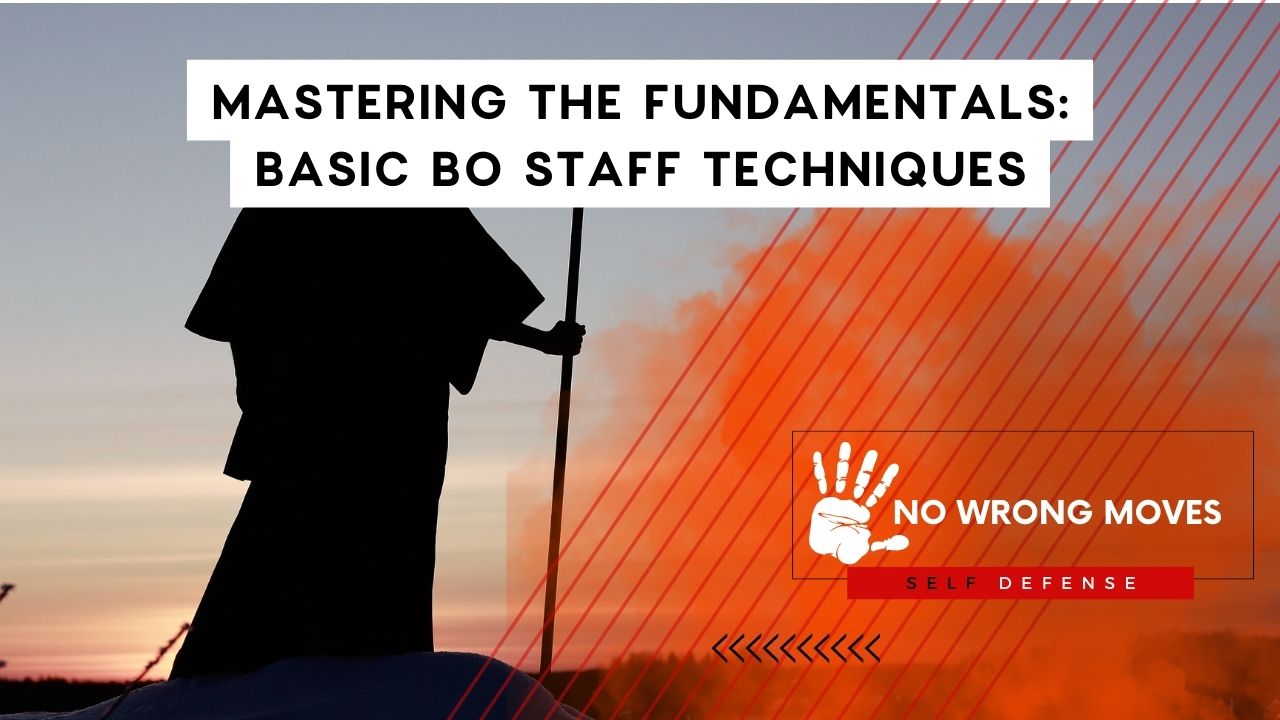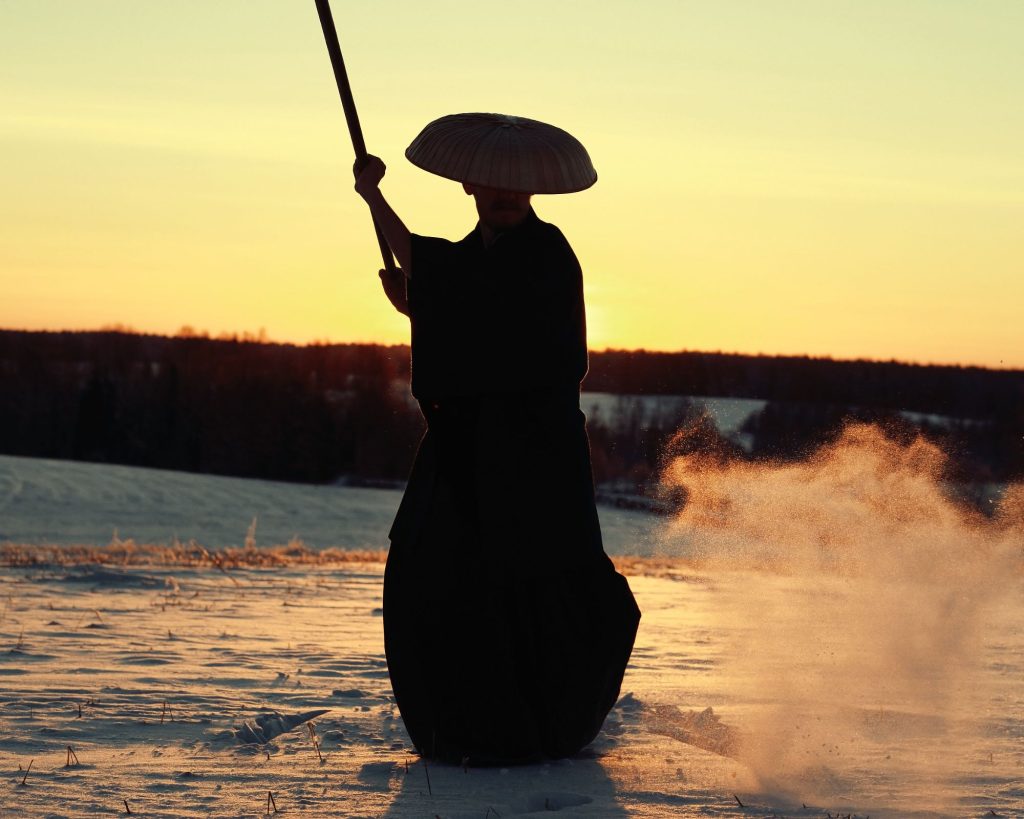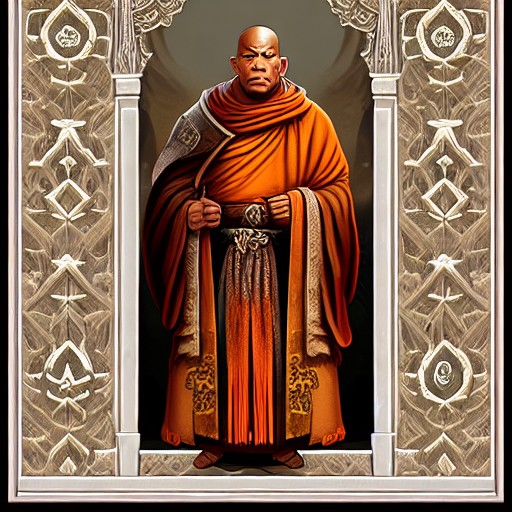
Ever thought about delving into the world of the Bo Staff? Curious about the myriad of benefits it brings, like boosting strength and agility while fostering discipline and focus?
Well, you've come to the right place! As a martial arts enthusiast with years of experience in various weapons, I can personally attest to the numerous perks that come with mastering basic Bo Staff techniques.
Within this article, you'll gain an exclusive insight into what newcomers should anticipate when embarking on their Bo Staff journey. So if you're ready to unleash your inner warrior through this remarkable art form, strap in and let's dive right in!
Basic Bo Staff Techniques

The Bo staff is a versatile weapon that requires skill, technique, and dedication to master. It is a long, cylindrical weapon made of various materials, including hardwood, bamboo, and rattan.
Bo staff techniques vary from simple strikes to complex twirls and spins. In this article, we will discuss the basic bo staff techniques that every beginner should learn.
The first step in mastering the bo staff is to learn how to grip it correctly. Hold the staff with both hands, palms facing down, and thumbs pointed towards each other. Your hands should be shoulder-width apart, and your arms should be slightly bent.
The ready position is the starting point for all bo staff techniques.
To get into the ready position, hold the staff vertically in front of your body, with one hand at the bottom and the other hand slightly above the center of the staff. Your elbows should be close to your body, and your knees slightly bent.
Striking Techniques

The most basic bo staff technique is the strike. There are several types of strikes, including the following:
- The downward strike
- The horizontal strike
- The thrusting strike
The downward strike involves bringing the staff down from above your head towards your opponent. The horizontal strike involves swinging the staff horizontally towards your opponent's midsection. The thrusting strike involves pushing the staff forward towards your opponent.
Blocking techniques are also essential in bo staff training. The most basic block is the upward block. To perform an upward block, hold the staff vertically in front of your body with both hands, and raise it above your head. This technique is used to block downward strikes.
Footwork

Footwork is an indispensable aspect of bo staff training since it enables the fighter to strike their opponent without risking themselves, which is the primary purpose of staff fighting.
In combat, footwork plays a critical role in enabling the fighter to accomplish three objectives: hit harder, get into a position to hit, and avoid danger. By allowing the fighter to throw their body weight behind their punches and kicks, footwork enhances their ability to hit harder.
It also empowers them to move and zone into the areas where an opening may arise, allowing them to strike more accurately. And of course, footwork enables the fighter to evade any incoming attacks, enabling them to stay safe.
In bo staff training, fundamental footwork consists of two types: the shuffle and the step. Shuffling is akin to boxing footwork, where the lead foot takes a small step in the direction the fighter intends to go, followed promptly by the trailing foot.
To move forward, the fighter shifts their front foot and then their back foot. However, footwork patterns that require stepping left and right are not advisable, as they involve crossing the feet, which leaves the fighter vulnerable to attacks.
Besides, footwork is crucial in generating sufficient power in the basic strikes common among the major boxing styles. For instance, during the jab, the lead foot can move forward, narrowing the distance between the fighter and their opponent.
This allows the fighter to put more power behind their punch, giving it more impact.
In conclusion, footwork is an essential component of bo staff training that enables the fighter to strike their opponent while avoiding danger, generate more power in their strikes, and move with precision to hit the opponent in their vulnerable areas.
Twirls And Combinations
Twirls are an essential part of bo staff techniques, with the most basic twirl being the figure-eight. To perform a figure-eight, hold the staff horizontally in front of your body with both hands, and move it in a figure-eight motion.
Another basic twirl is the wrist roll. Hold the staff vertically in front of your body with both hands, and roll your wrists in opposite directions to make the staff spin.
Once you have mastered the basic strikes, blocks, footwork, and twirls, you can start practicing combinations. A basic combination is the downward strike followed by the upward block.
Start with the staff in the ready position, perform a downward strike towards your opponent's head, and then perform an upward block to defend against a counter-attack.
Conclusion

Mastering the basics of bo staff techniques is crucial for any beginner. These techniques provide a foundation for more advanced moves and combinations.
Remember to grip the staff correctly, get into the ready position, practice striking and blocking techniques, master footwork, and incorporate twirls and combinations into your training. With time, patience, and dedication, you will master the art of the bo staff.
You can learn more about other martial arts, not just stick fighting! Check out Bujutsu here!
[author-box-jpx-fitness]
